
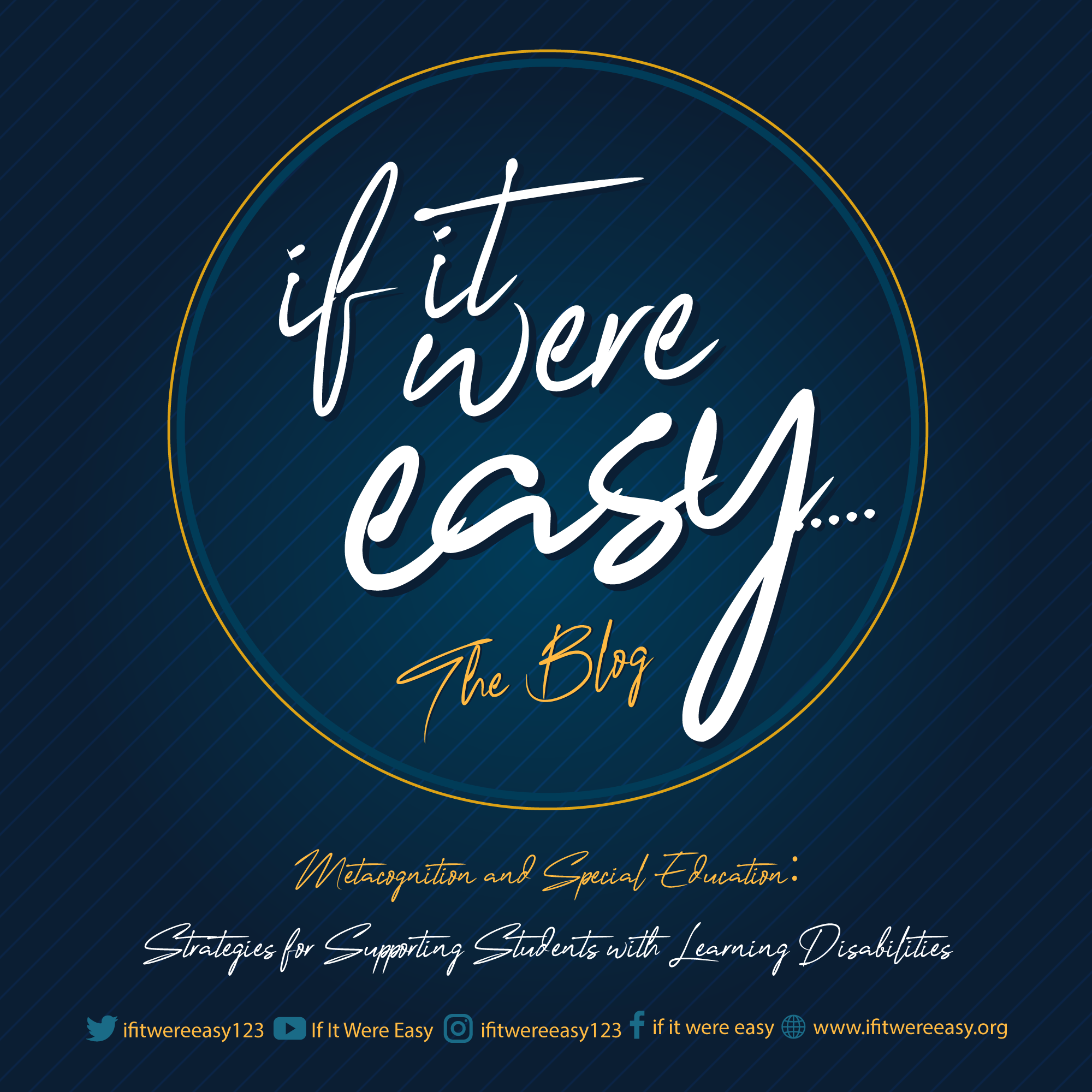
Dive into the world of metacognition with our one-week challenge!
Take the first step by deepening your understanding of metacognition. Check out our latest blog post for resources and activities to enhance your knowledge.

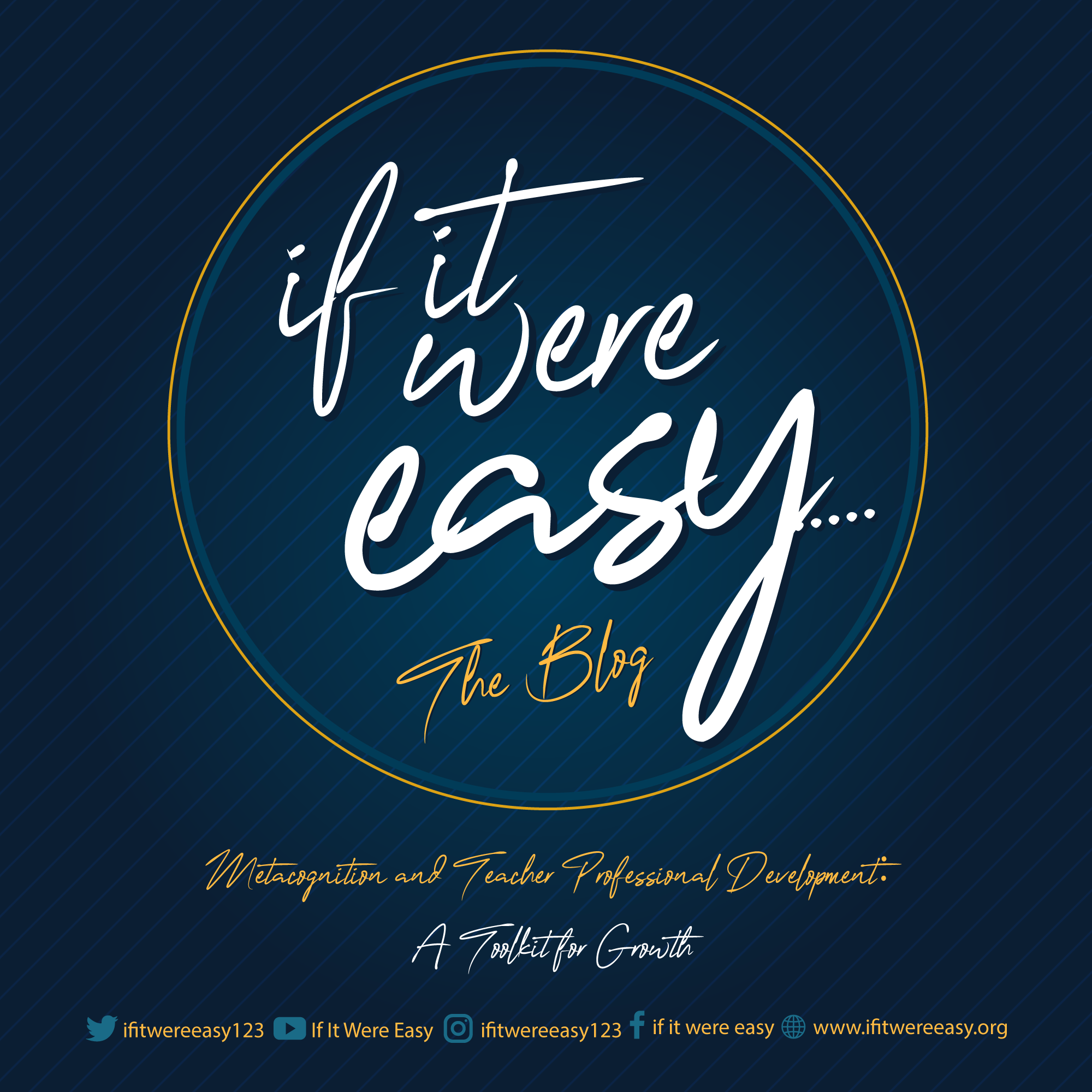
Ready to transform your classroom with metacognition?
Follow our 7-step implementation plan to seamlessly integrate metacognitive strategies into your teaching approach. Learn more in our latest blog post!

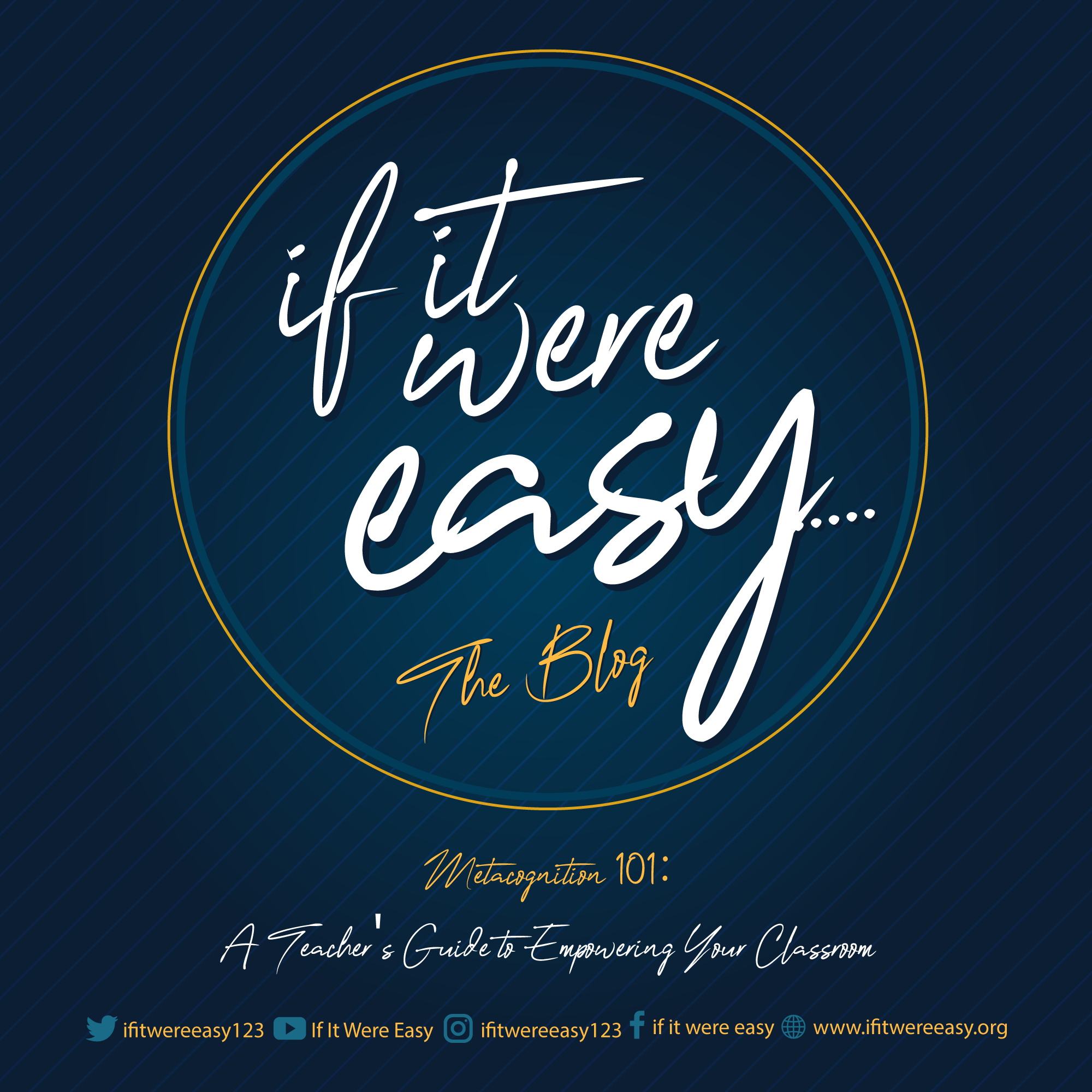
Every student deserves support tailored to their needs.
Discover our five strategies to thrive in supporting diverse learners in our latest blog post. Let's create inclusive classrooms where every student can succeed!
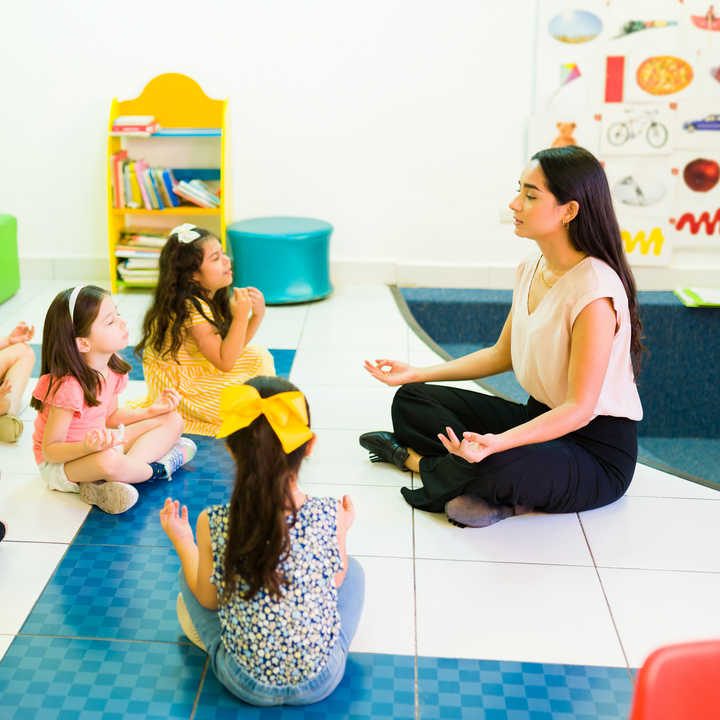
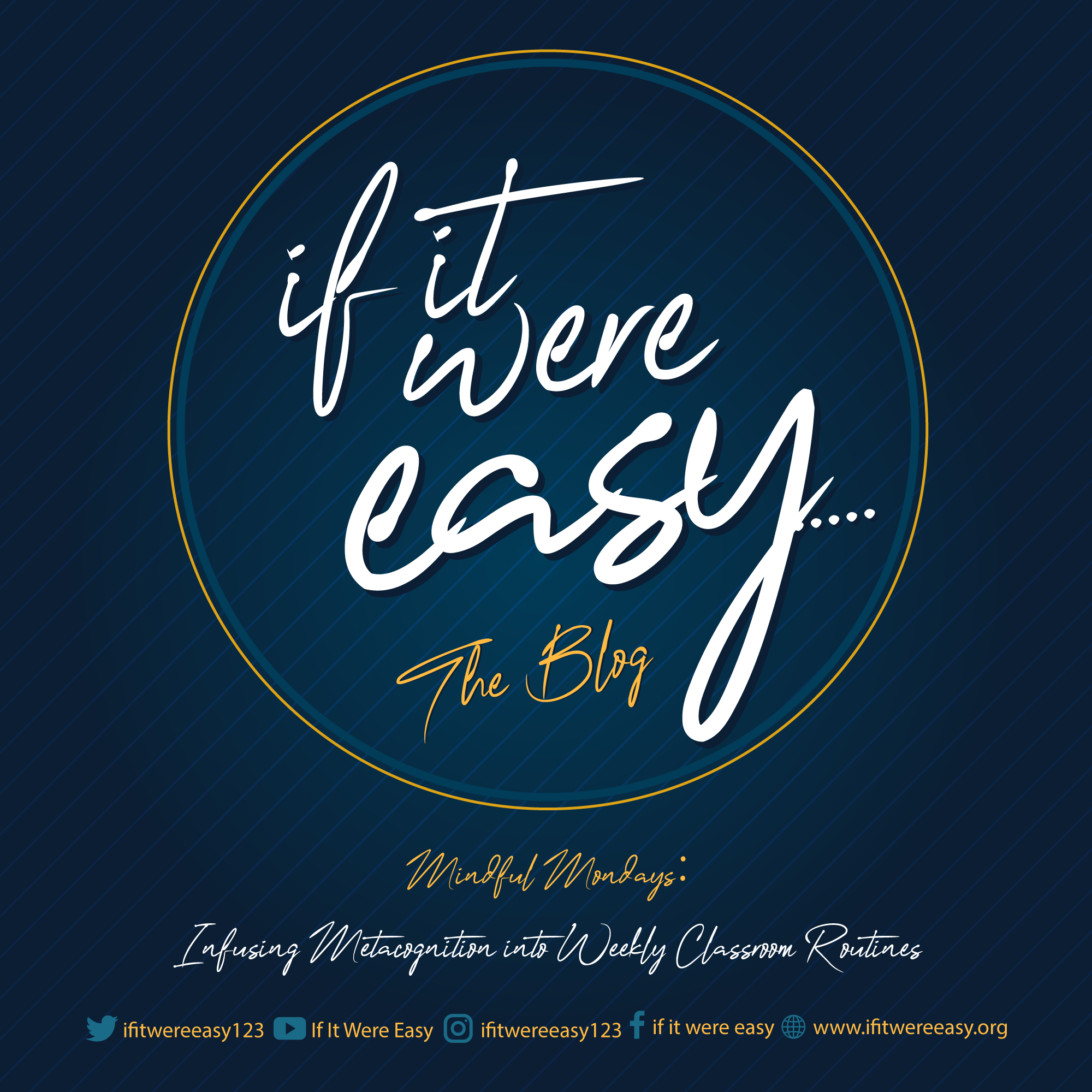
Kick start your week with mindfulness!
Learn how to infuse metacognitive activities into your classroom routine with our Power of Three approach. Start your Mondays on a positive note & watch your students thrive!

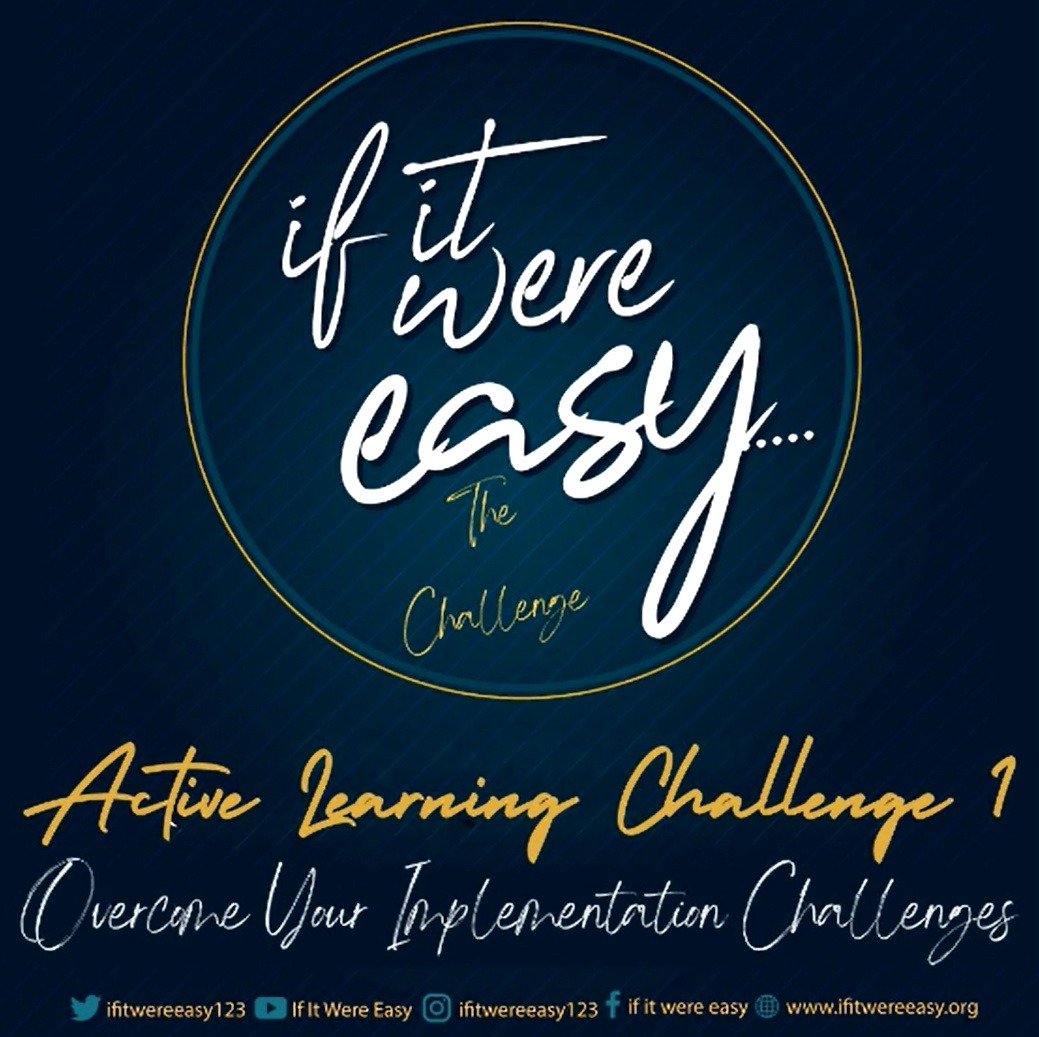
Identify one specific obstacle you face in adopting active learning—such as managing time, engaging reluctant learners, or addressing classroom dynamics.
Develop a strategy to overcome this challenge, implement it in your classroom, and share your approach and reflections in our online community.

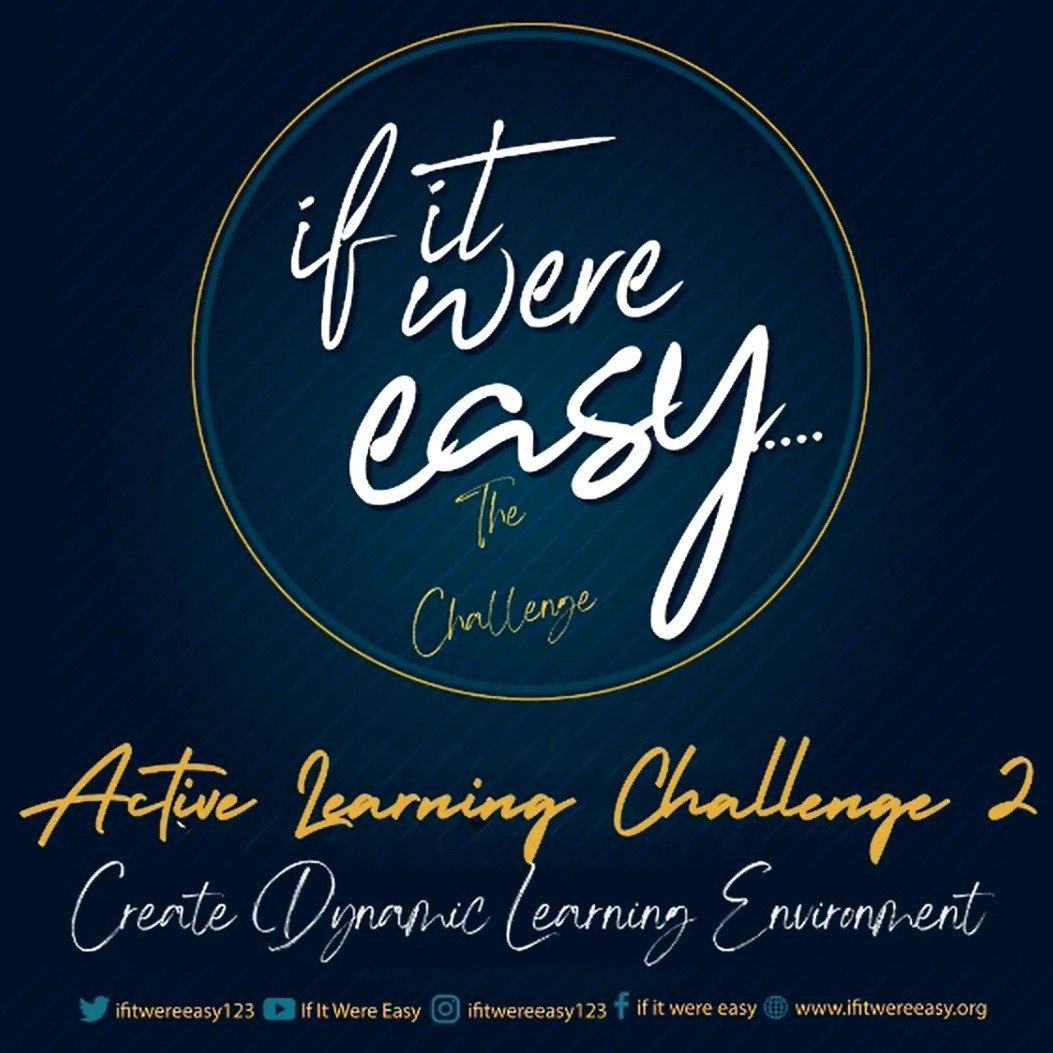
Choose one active learning strategy—such as collaborative discussions, group projects, or student-led decision-making—and adapt it to a lesson plan in your subject area.
Develop and implement the plan, considering its impact on student-teacher relationships. Share your lesson outline or key ideas in our online learning community.
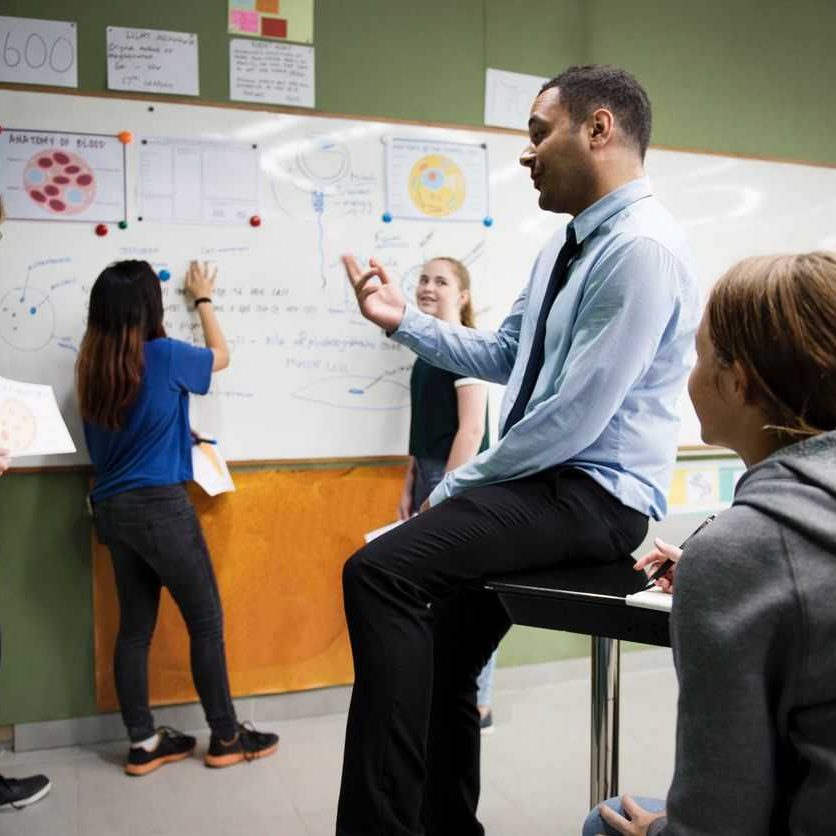
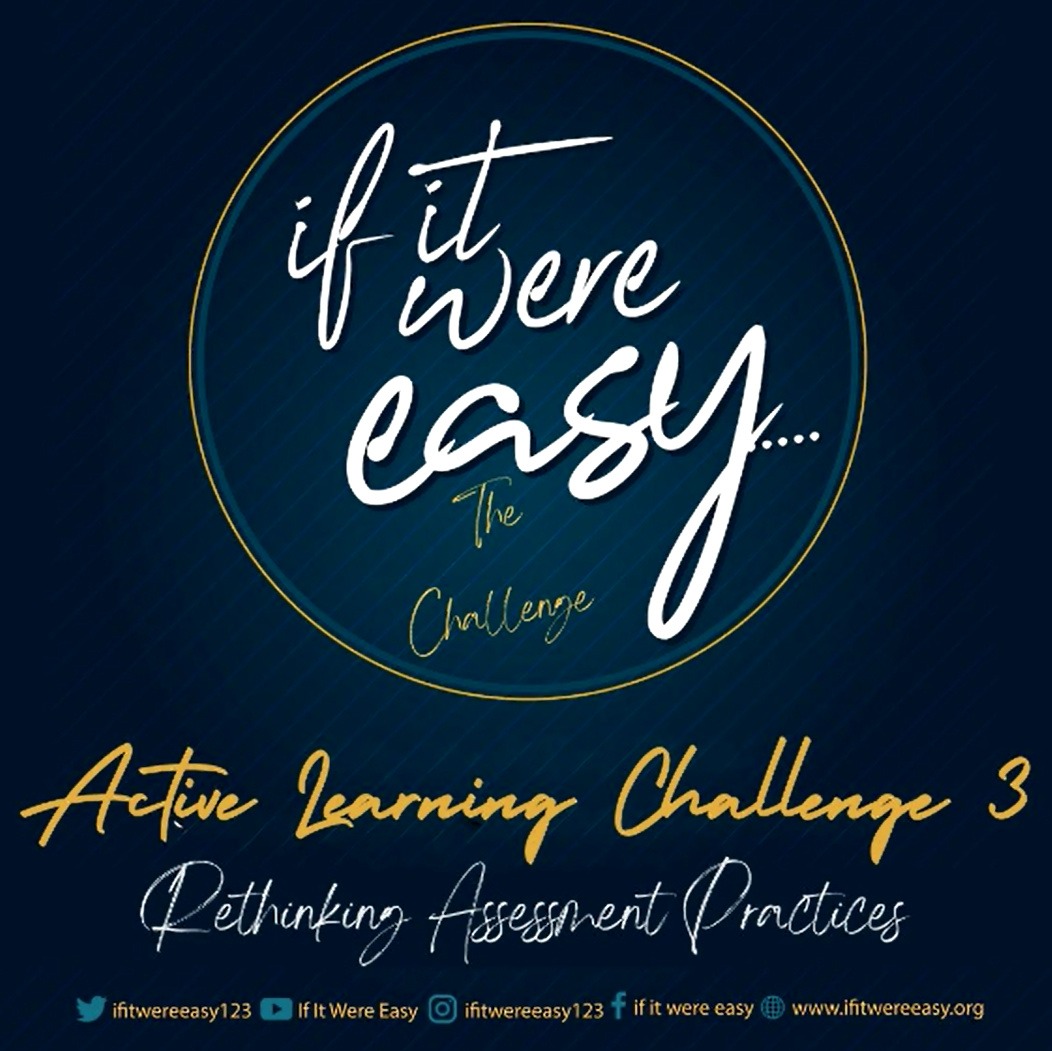
Reflect on your current assessment methods and identify an area where a more active learning-oriented approach could be integrated.
Incorporate a strategy, such as peer evaluation, self-assessment, or performance-based tasks, into your classroom. Share your experiences and expected outcomes with our community.

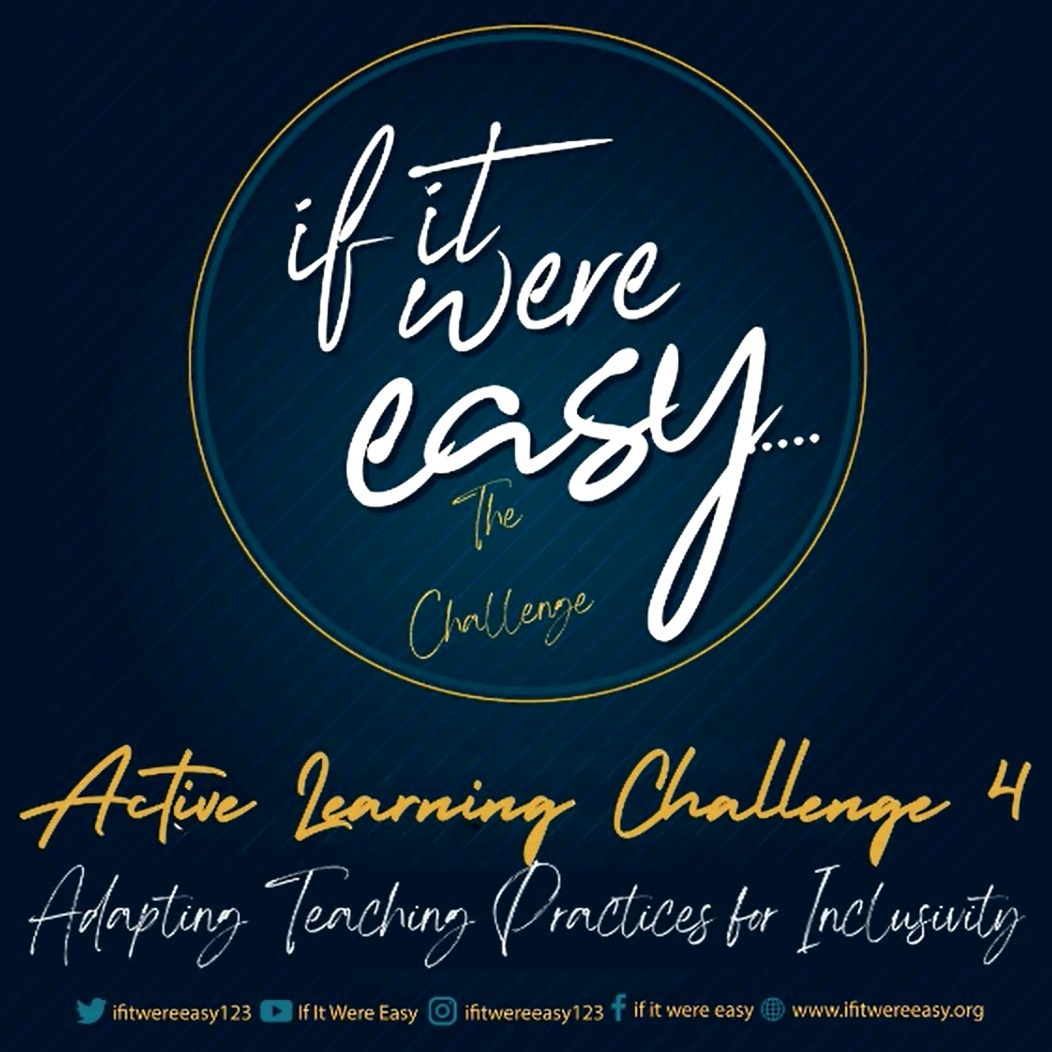
Reflect on how you can adapt your teaching practices to better support SEND learners.
Choose one strategy—like UDL, differentiated instruction, or hands-on activities—and implement it. Document your observations and share your experiences with our community to inspire others.

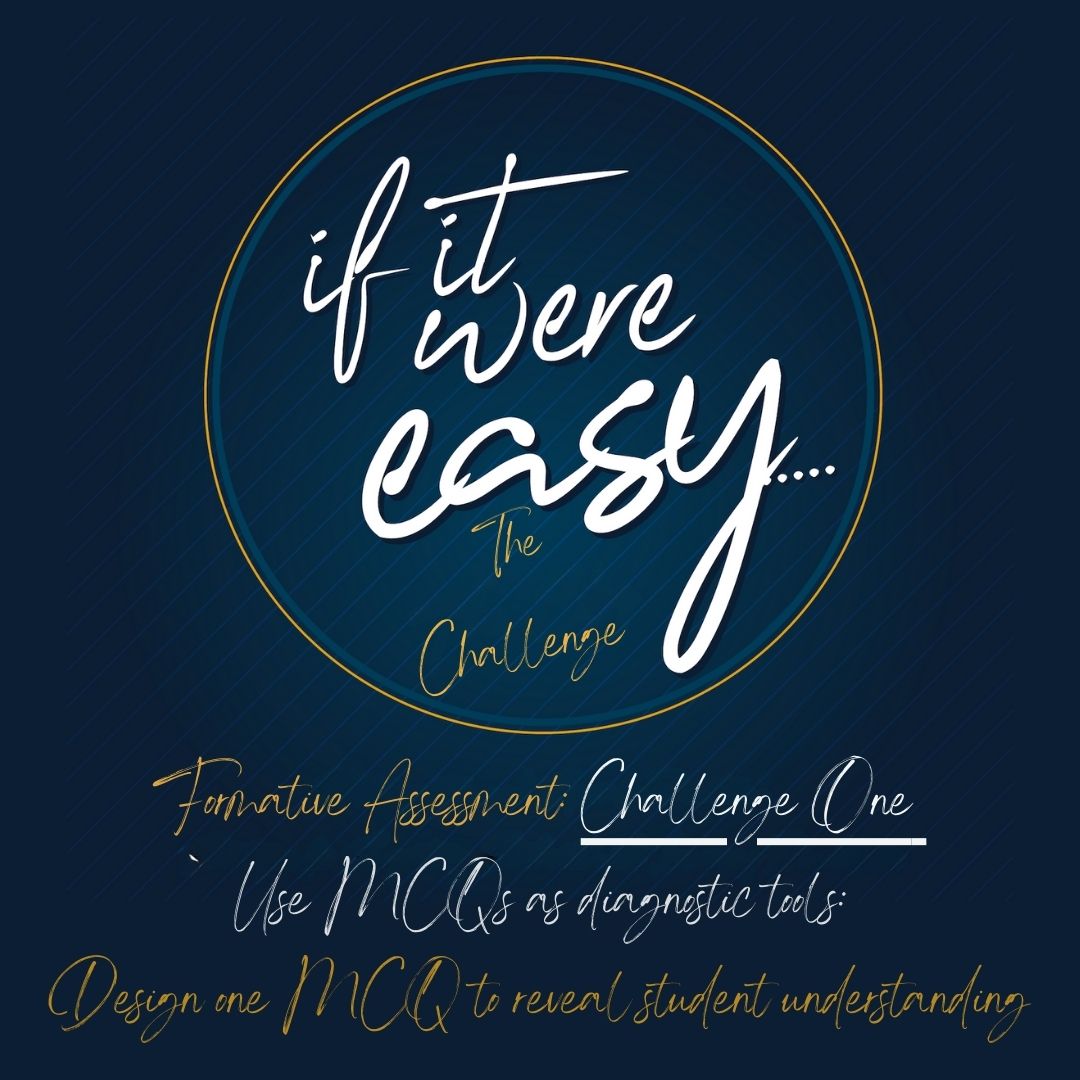
This week, we’re rethinking multiple-choice questions. Don’t just test for right or wrong—use MCQs to uncover how your students think!
Design one MCQ with distractors that reflect common misconceptions. Use it to spark discussions and guide your teaching.

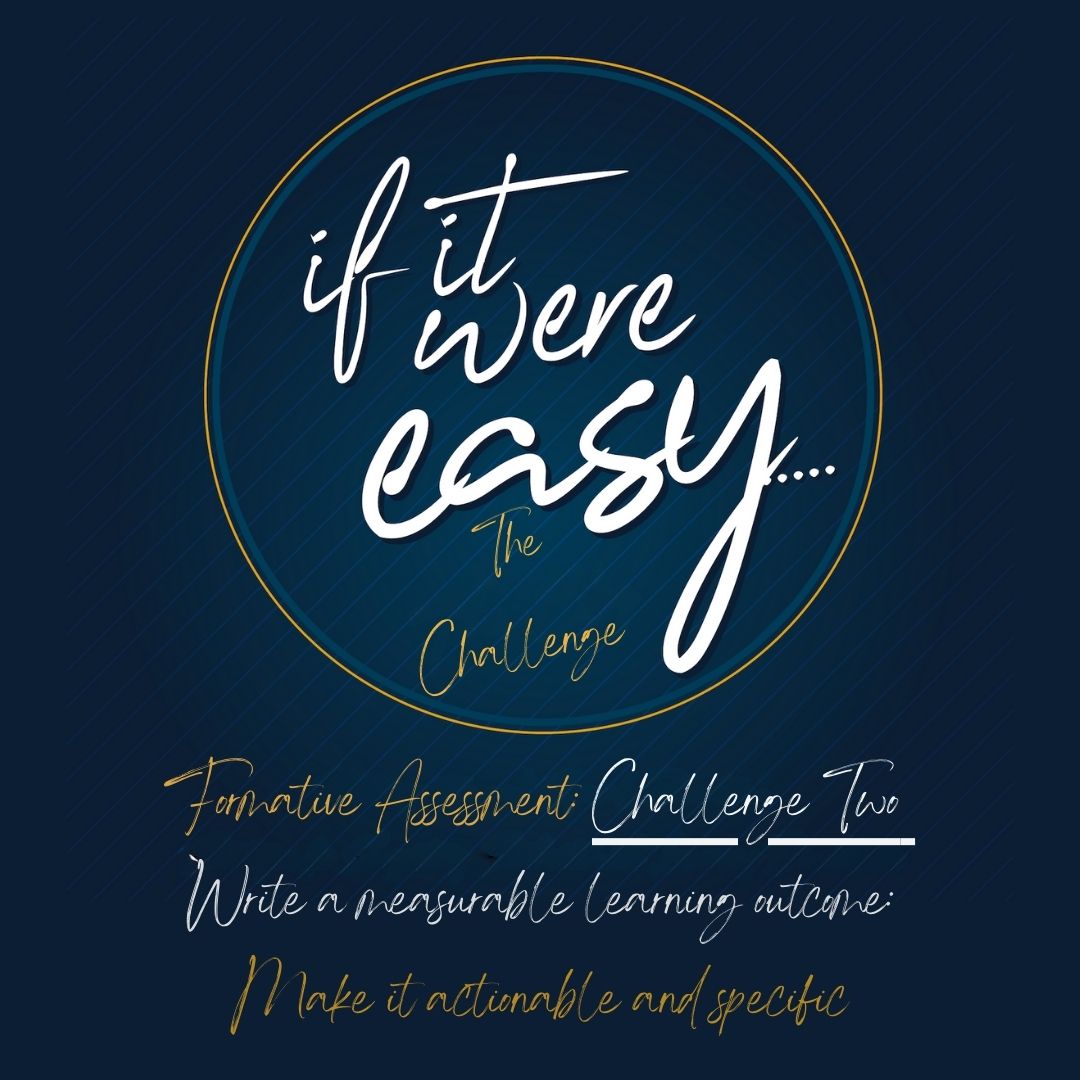
Clarity matters! This week’s challenge is about crafting an MLO that provides clear, actionable goals for your students.
Write one MLO that’s specific, measurable, and focused on what students will achieve. Example: 'Describe three causes of the Civil War and explain their significance.'

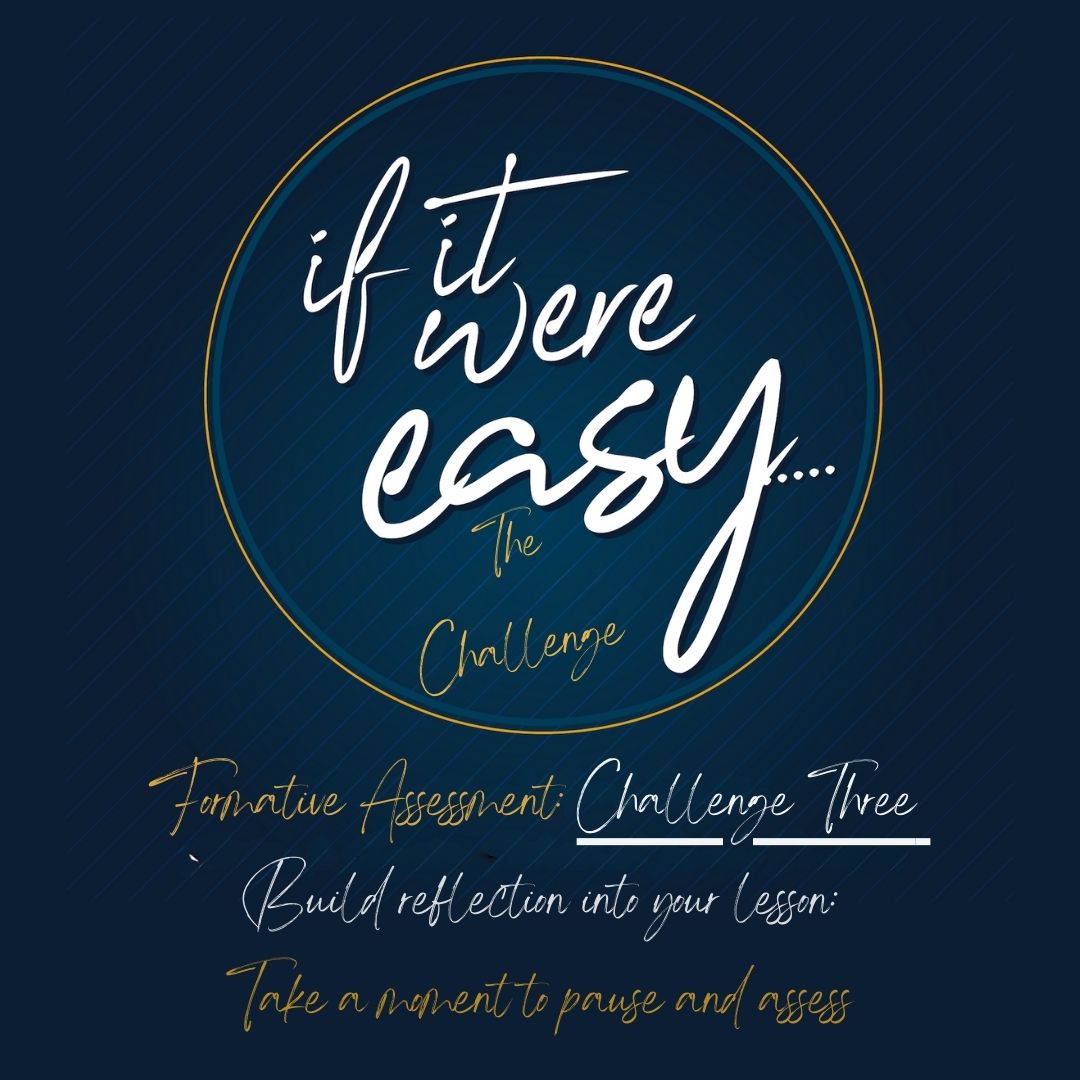
Sometimes, the most impactful moments are the ones where we stop and reflect.
Build one reflective pause into your lesson. Ask students:
• What’s one thing you’ve learned so far?
• What’s still unclear?

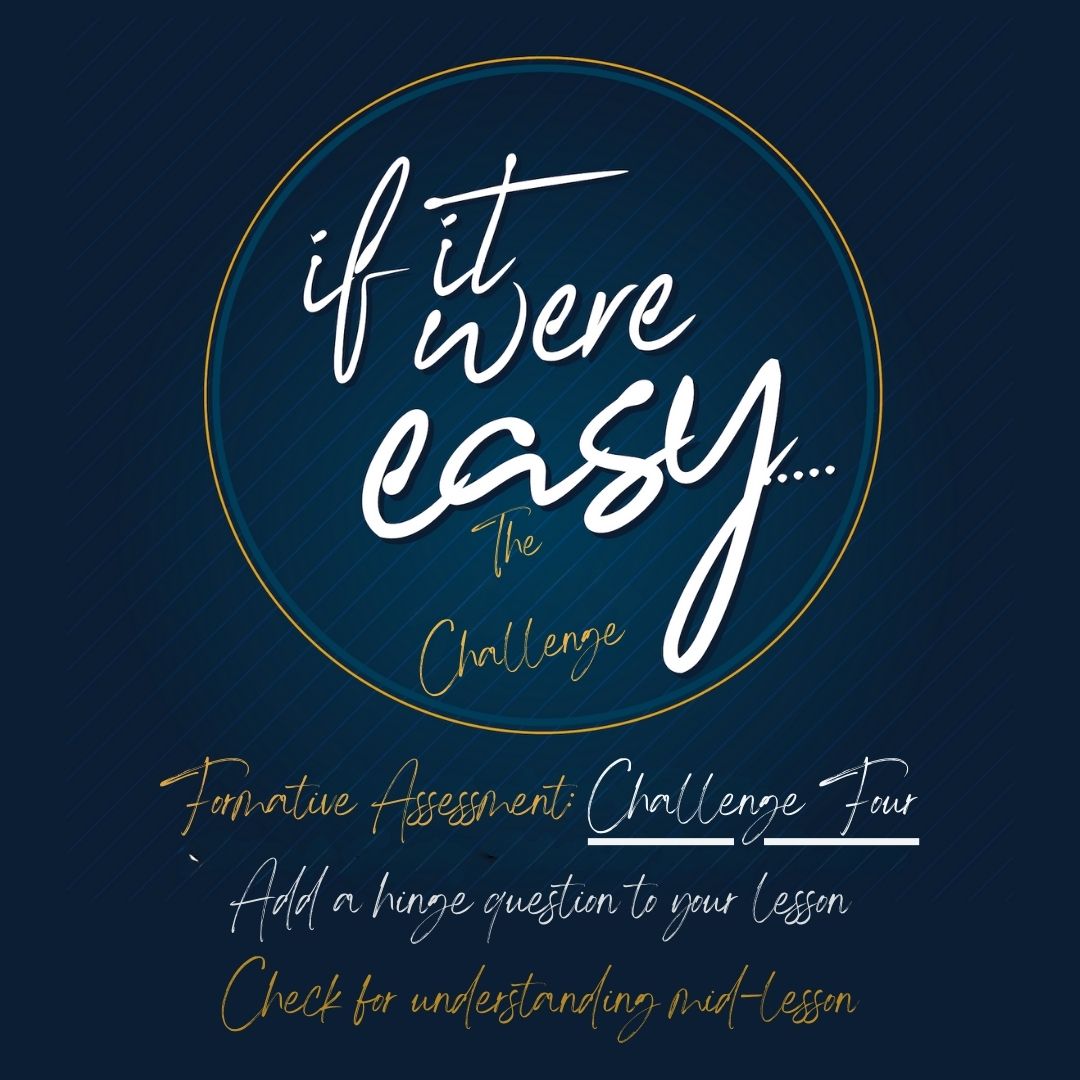
Hinge questions are quick, mid-lesson checkpoints to assess understanding and guide your next steps.
Create one hinge question for your lesson. Example: 'What happens to the area of a rectangle if its length is doubled?'

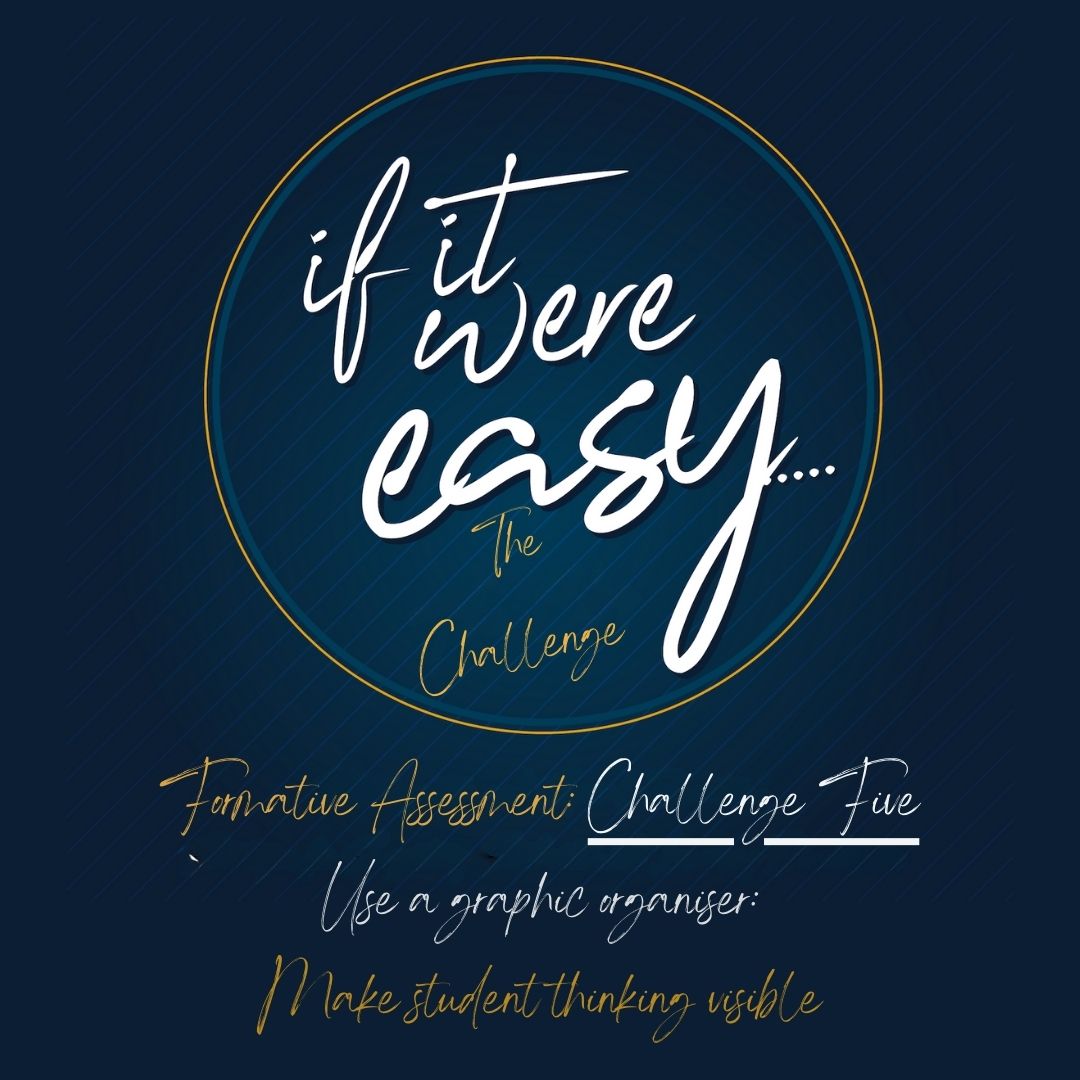
Graphic organizers make student thinking visible and help connect ideas.
Choose one graphic organizer—like a Venn diagram or concept map—and bring it into your lesson. See how it helps students structure their learning.


1. What was the feedback?
2. Why did it resonate with you?
3. How did it influence your growth?


1. Identify two strengths: What did they do well?
2. Share one actionable improvement: How can they grow or improve?
1. How did the recipient respond?
2. Did the structure help you deliver the feedback more effectively?
3. What would you do differently next time?
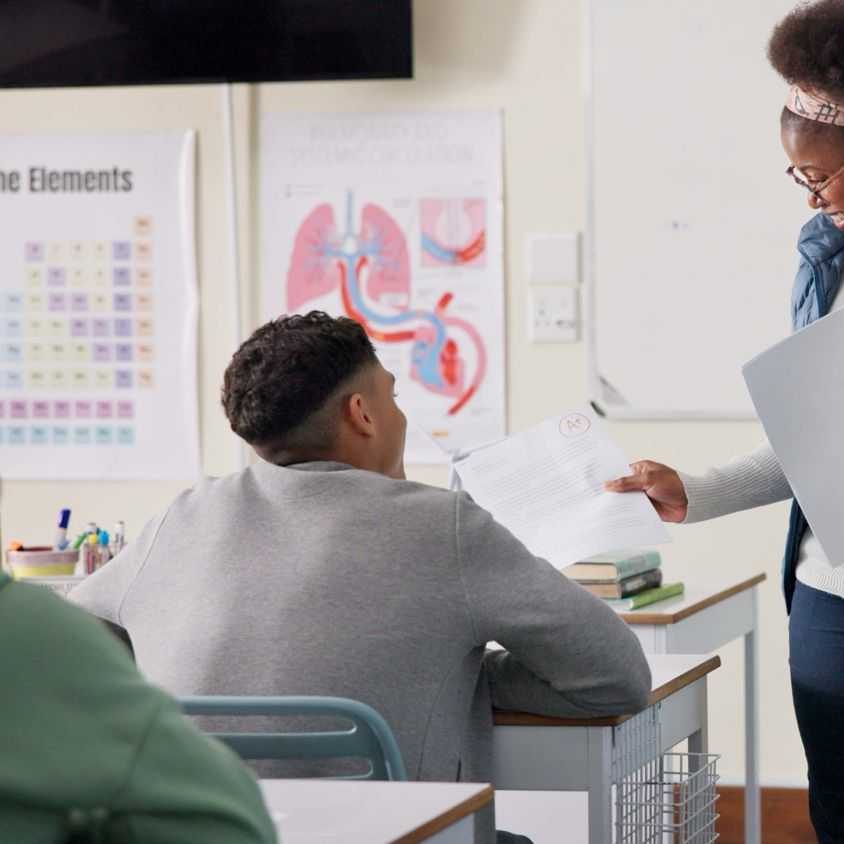

1. Provide clear and actionable feedback.
2. Encourage the recipient to act on the feedback by setting a measurable goal.
3. Follow up after a set period to review progress and celebrate improvements.
1. How did the feedback impact the recipient?
2. Was the follow-up conversation productive?
3. What adjustments would you make for future feedback loops?


1. Feedback is criticism.
2. Feedback is one-way.
3. Feedback is only about weaknesses.
4. Feedback is only for students or employees.
1. What myth did you address?
2. How did the feedback technique help reframe the feedback experience?
3. What was the outcome for the recipient?

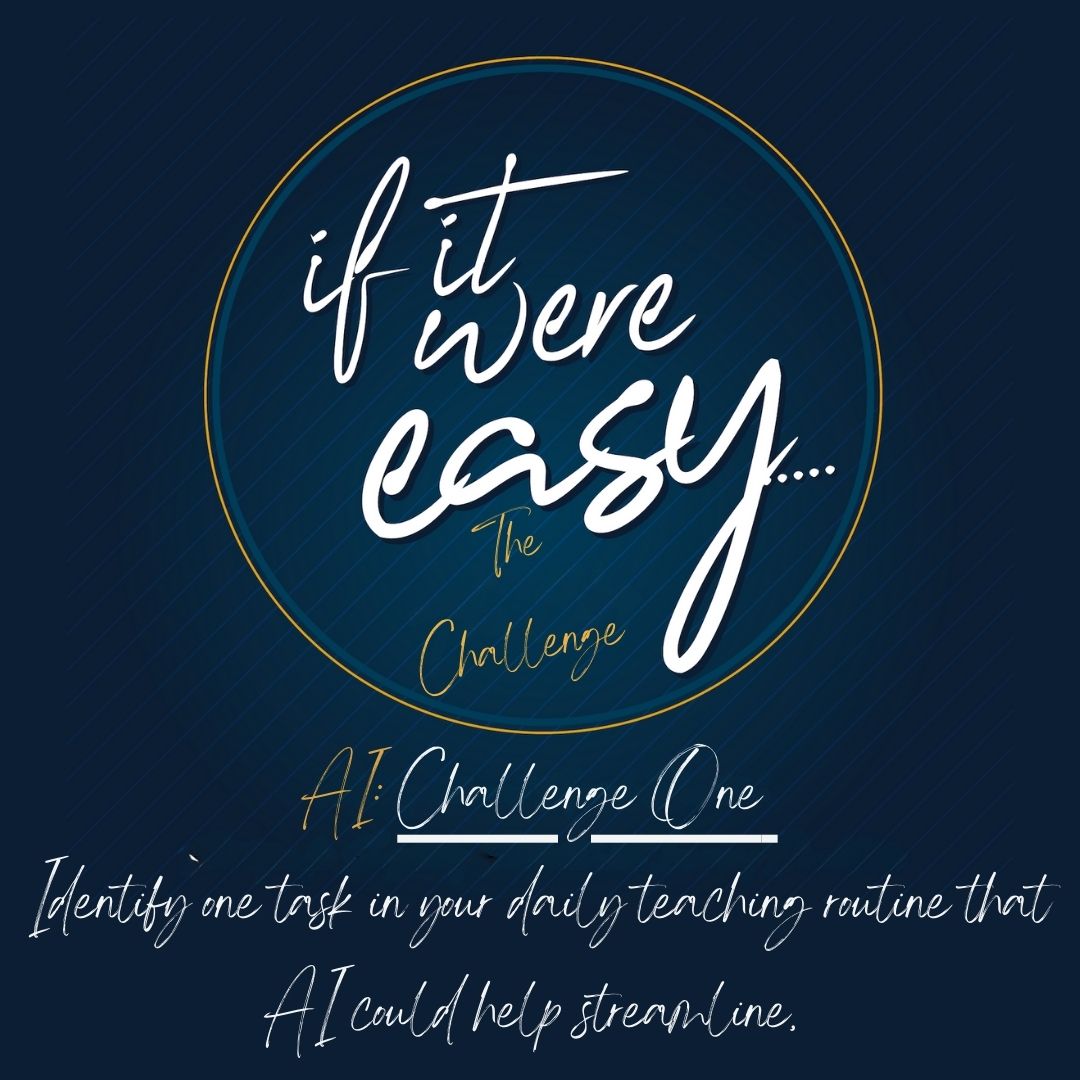
1. Consider how AI might evolve in the classroom—will it play a larger role in lesson planning, grading, student feedback, or personalised learning?
2. Reflect on how AI might shift the teacher’s role from knowledge provider to facilitator of deeper learning.

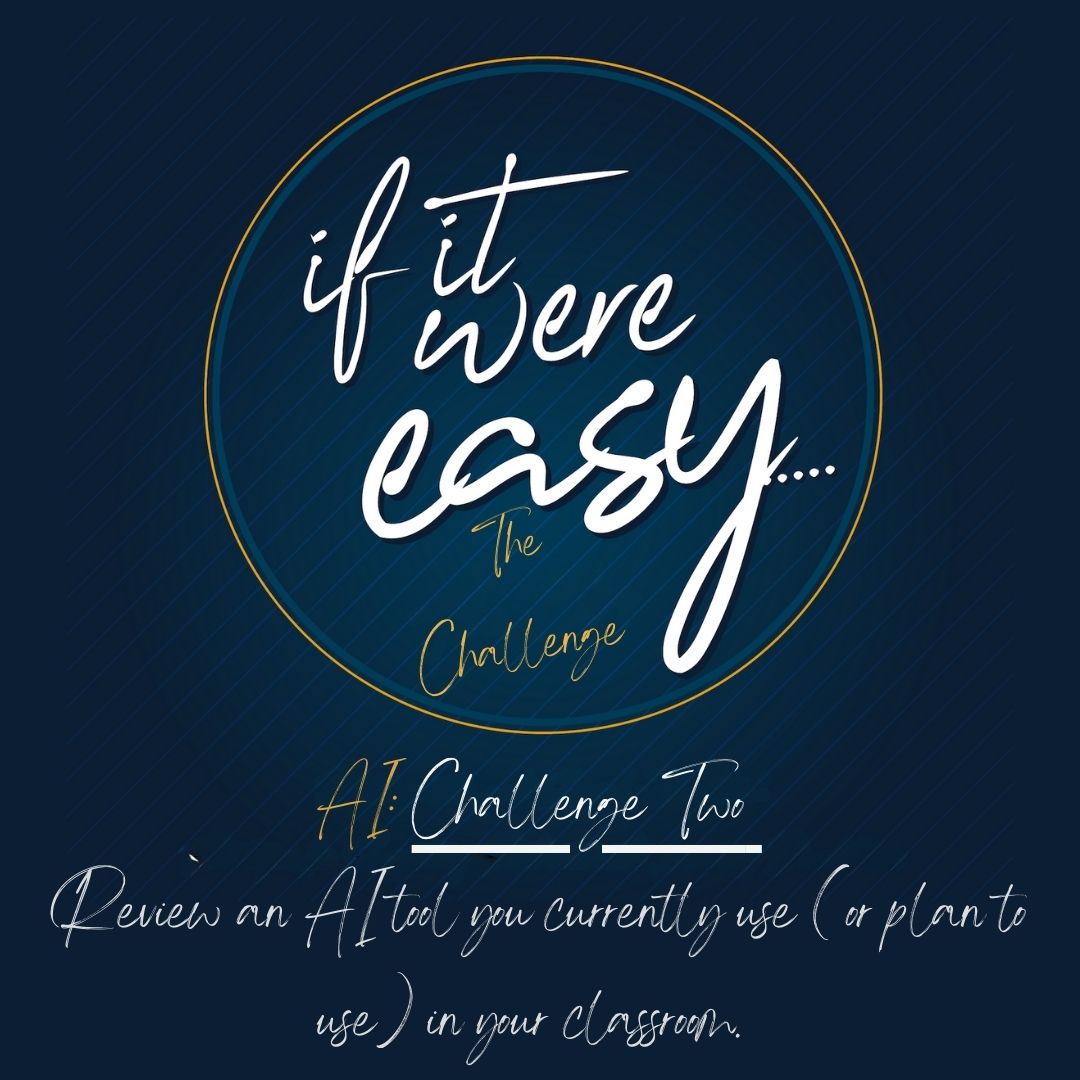
1. Think about areas where AI can enhance, not replace your teaching.
2. Examples might include:
a. AI-powered formative assessments to track student progress in real-time.
b. AI-assisted differentiation to tailor learning paths for each student.
c. Using AI to generate discussion prompts or creative writing exercises.

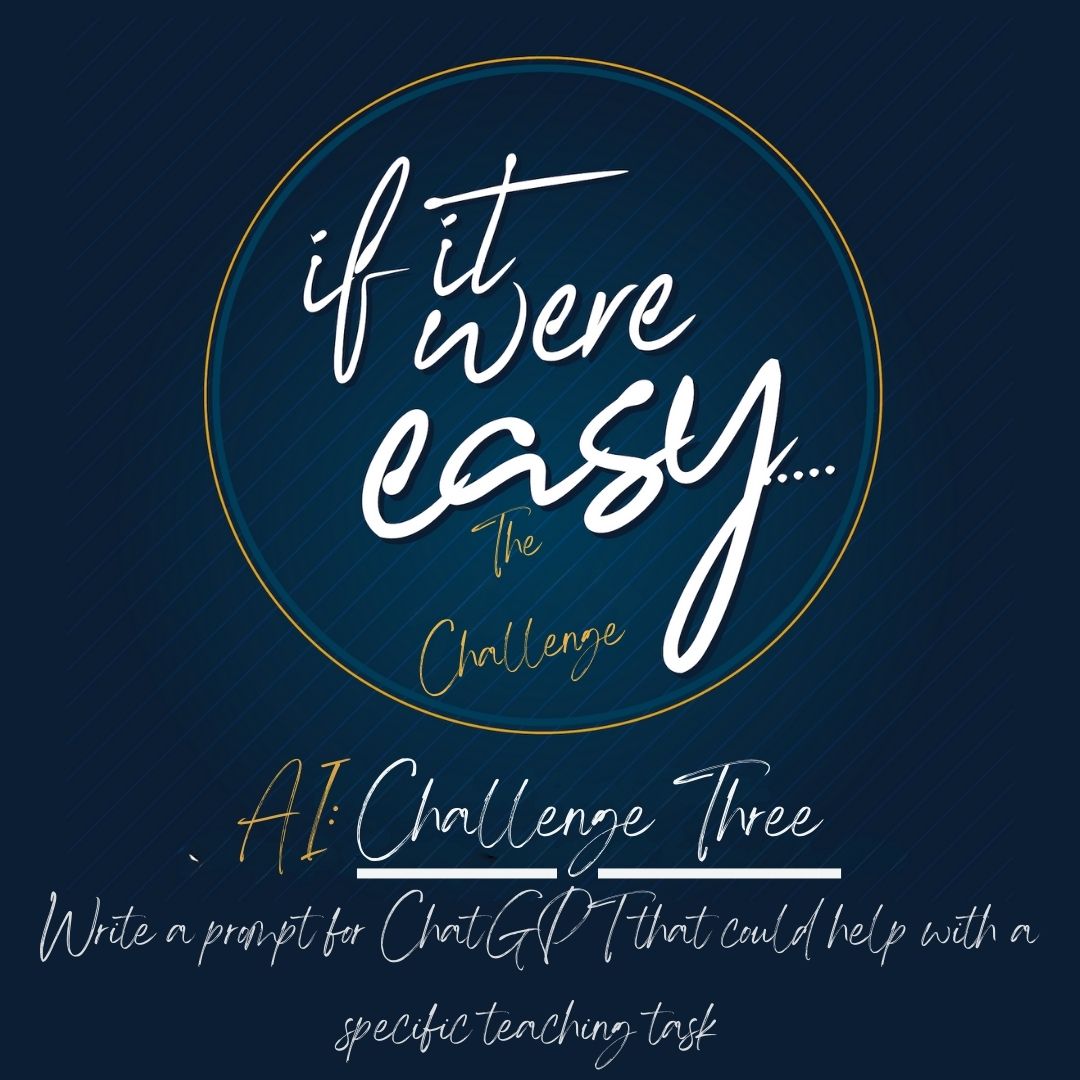
1. Identify a small but meaningful action—such as exploring an AI tool, attending an AI-focused professional development session, or testing AI for a specific classroom task.
2. Start incorporating AI gradually to understand its strengths and limitations before making larger-scale changes.

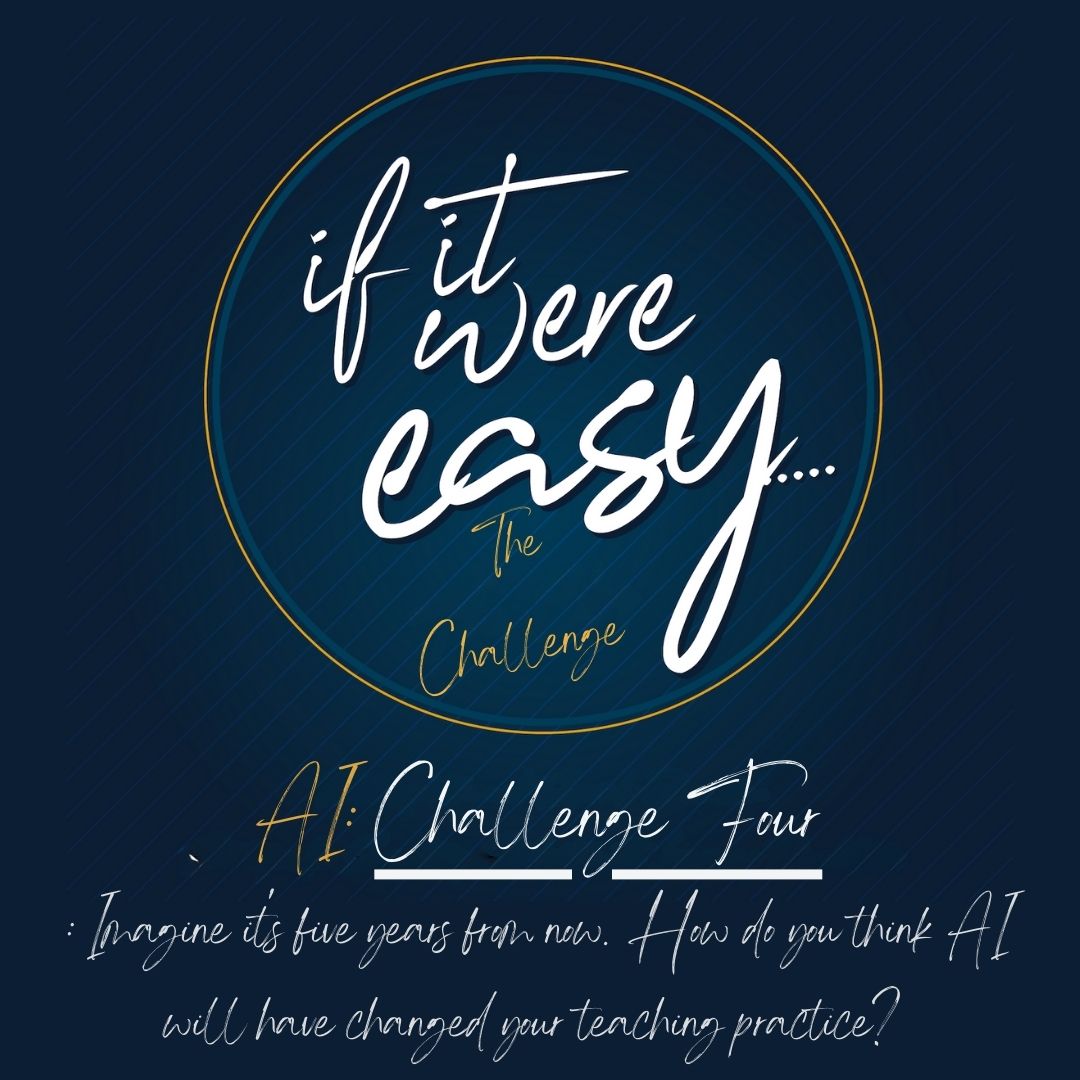
1. Engage in conversations with other educators about AI’s role in teaching. 2. Exchange ideas, share best practices, and collaborate on AI-driven teaching strategies.


1. Goal: Establish a consistent and smooth start-of-lesson routine to improve student focus.
2. Action Steps:
o Implement a structured entry routine (e.g., Do Now task, greeting at the door).
o Track how long it takes students to settle and adjust as needed.
3. Reflection: How much time did you save? Did student engagement improve?


1. Goal: Identify one key classroom expectation that needs reinforcement and implement a clear, structured approach.
2. Action Steps:
o Define the expectation explicitly (e.g., “When I raise my hand, everyone listens”).
3. Reflection: What changes did you notice? Did students respond differently?


1. Goal: Improve one key classroom transition (e.g., between activities, group work, or lining up).
2. Action Steps:
o Use a countdown, bell, or visual timer to signal transitions.
o Ensure students understand expectations before moving between tasks.
3. Reflection: Did the transition become quicker and smoother? What worked best?


1. Goal: Empower students to take responsibility for classroom routines.
2. Action Steps:
o Assign classroom jobs (e.g., materials manager, noise monitor).
o Use student-led routines for tasks like peer feedback or discussion roles.
3. Reflection: How did students respond? Did engagement improve?
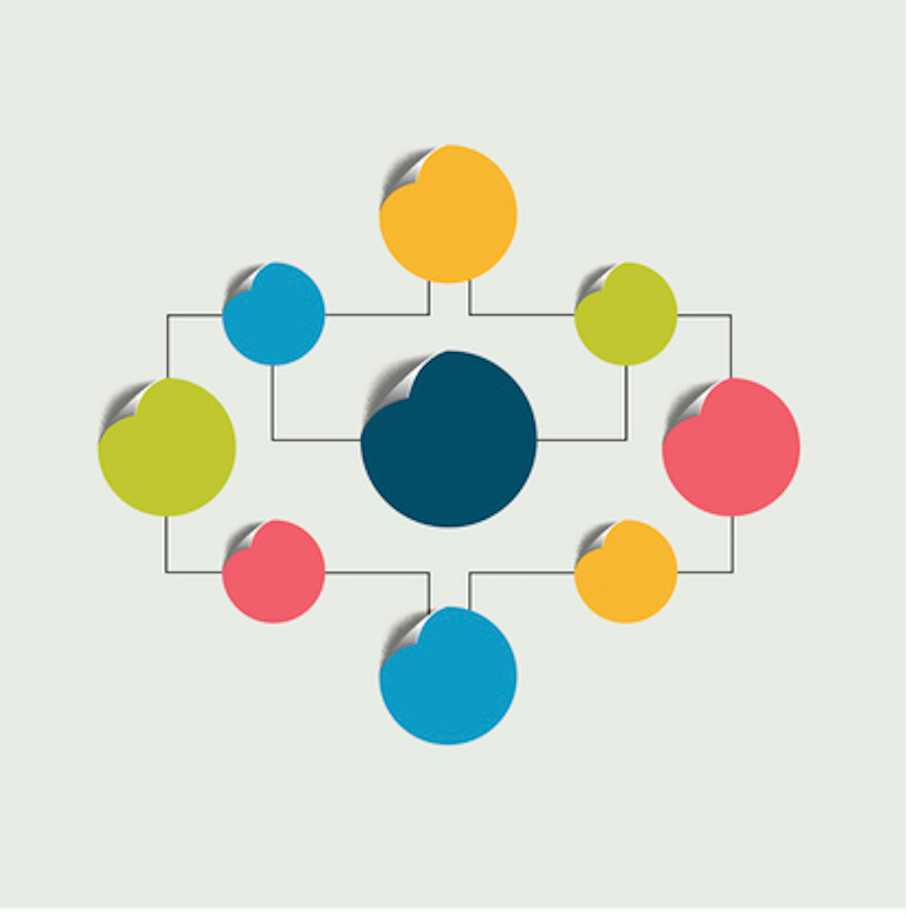

1. Choose a topic you are teaching this week.
2. Instead of delivering information through traditional lecture-style notes, introduce a Mind Map or Concept Maps a pre-learning or lesson summary tool.
3. Have students create their own Mind Maps or Concept Maps to visualize relationships between key concepts.
4. Guide them to add connections, examples, and definitions to deepen their understanding.
5. Reflection: How did using this method change student engagement and understanding? Did it help them make connections more easily?
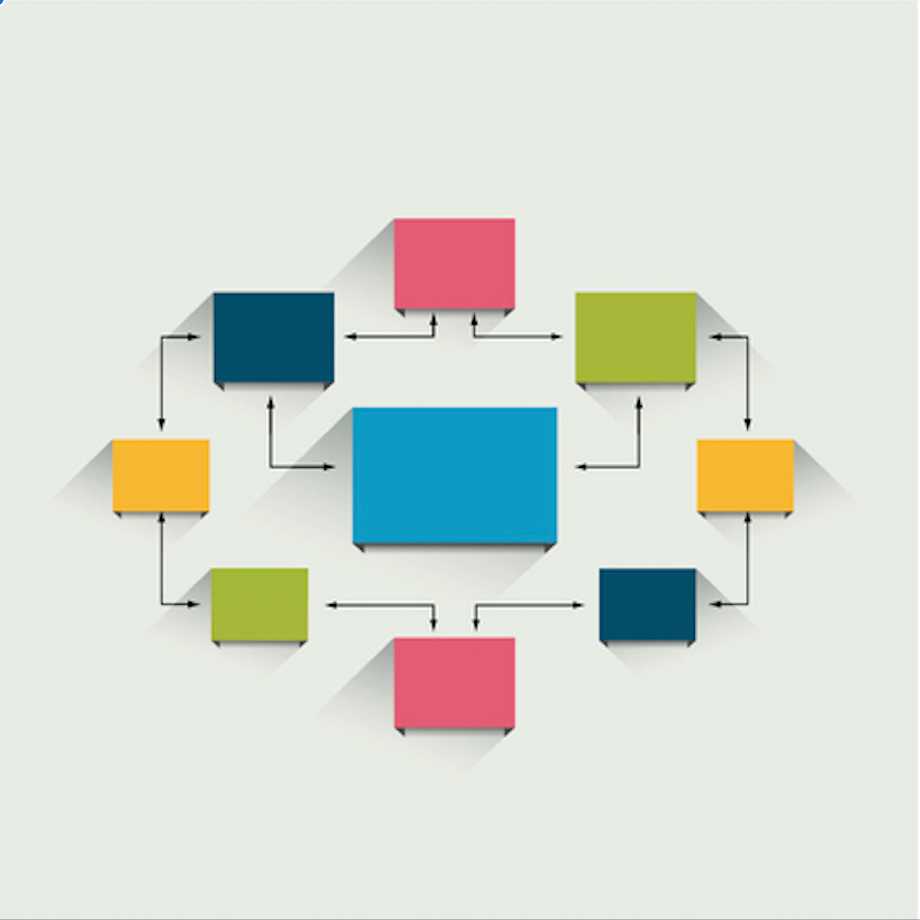

1. Identify a lesson or unit where students struggle to organize ideas.
2. Choose one of the following graphic organizers to structure the lesson content:
o T-Chart for comparing two opposing concepts (e.g., fiction vs. nonfiction, plant vs. animal cells).
o Flowchart for sequencing steps in a process (e.g., the water cycle, essay writing).
o Venn Diagram for comparing similarities and differences (e.g., World War I vs. World War II).
3. Have students use the selected graphic organizer to organize their notes or analyze a concept.
4. Reflection: Did this strategy help students structure their thinking more effectively? How did it change their ability to summarize key ideas?
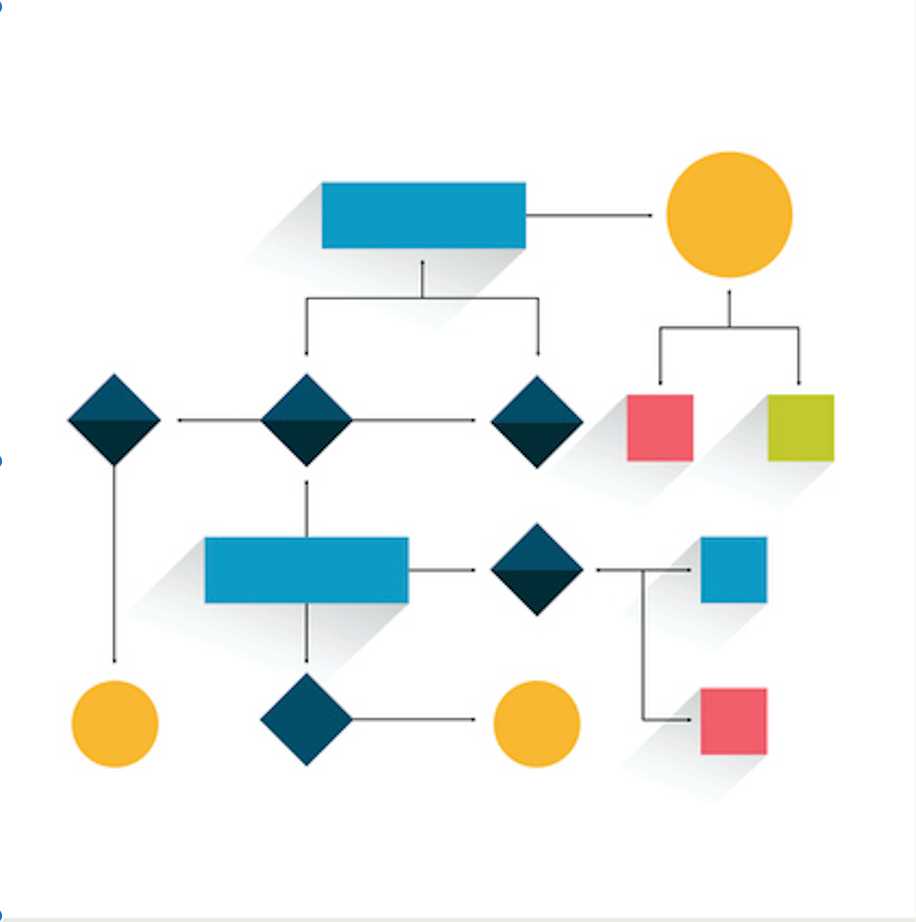

1. Select a critical thinking activity for your students, such as analyzing a problem in science, history, or literature.
2. Choose one of the following problem-solving graphic organizers:
o Cause & Effect Diagram to explore reasons behind historical events or scientific outcomes.
o Decision Tree to help students evaluate choices and predict consequences in a scenario.
o T-Chart for listing advantages and disadvantages of a proposed solution.
3. Have students use the organizer to analyze a real-world or subject-specific problem.
4. Reflection: Did students engage more deeply with the material? Were they able to articulate their reasoning more clearly?
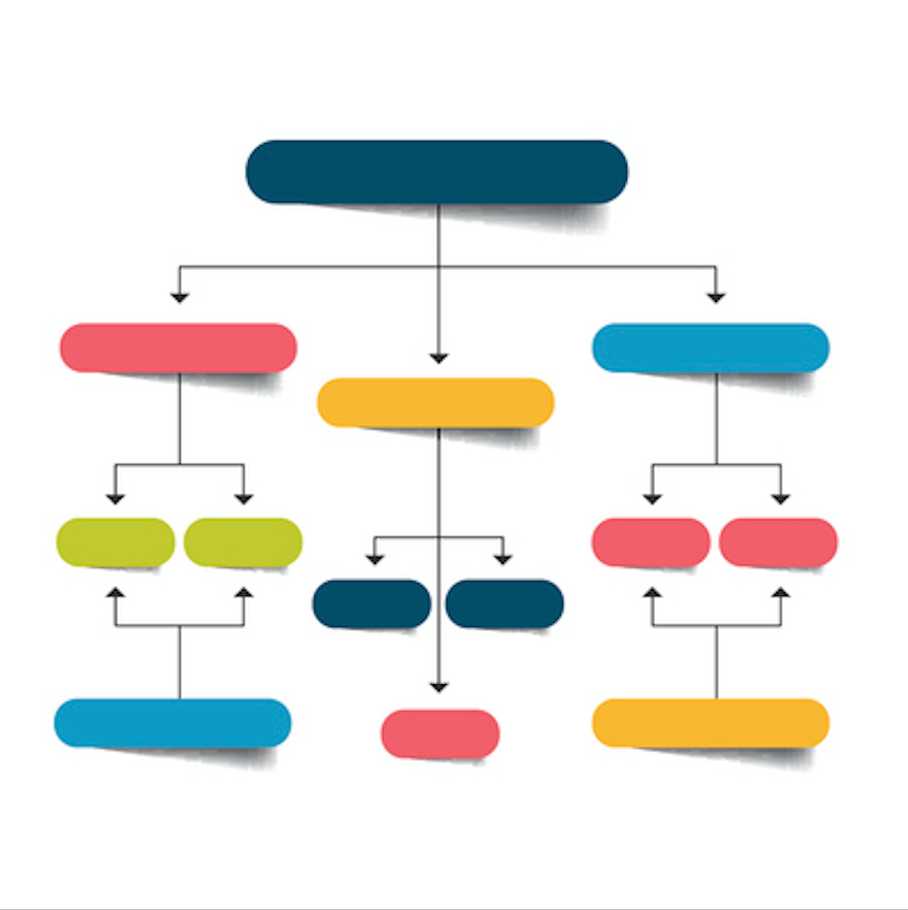

1. Integrate a KWL Chart, Spider Diagram, or Timeline into your lesson as a formative assessment tool:
o Use a KWL Chart to activate students’ prior knowledge and track their learning progress.
o Use a Spider Diagram to break down a complex topic into smaller, manageable ideas.
o Use a Timeline to sequence events in history, literature, or project planning.
2. Have students complete the organizer individually or in groups and use it as a discussion tool.
3. Reflection: How did using the organizer impact student understanding? Did it provide a clearer picture of their progress?